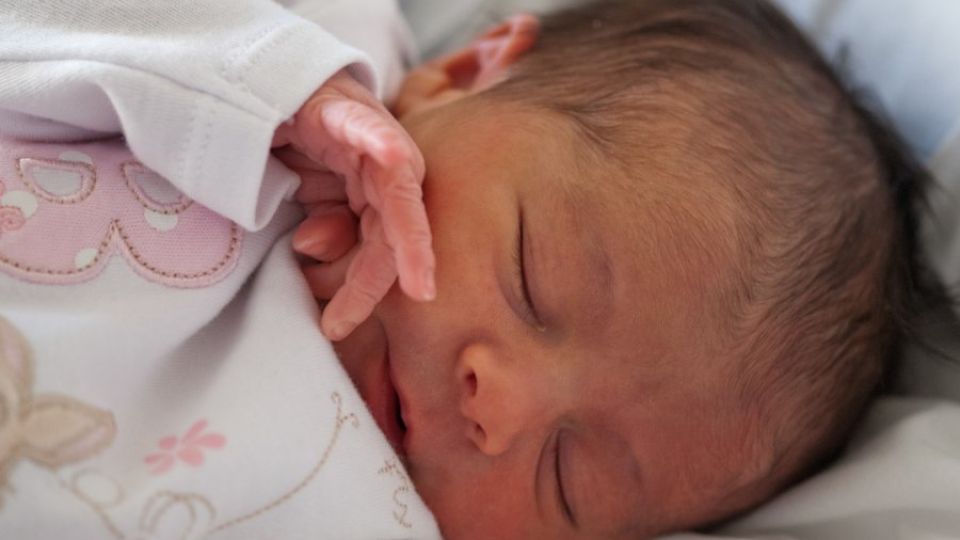July 12, 2023
SEOUL – To tackle the nation’s record-low birth rate, the South Korean government has committed to a slew of programs targeting individuals born in the 1990s over the next five years, according to officials Tuesday.
“The government sees the next five years as the golden time for a rebound in fertility rates. This is because people born in the 1990s, a large age group in our society, are at the best age for marriage and childbirth over (that time period),” an official of the Ministry of Health and Welfare said.
Koreans born between 1990 and 1999 are mostly the children of so-called baby boomers who were born after the Korean War between 1955 and 1974.
The average number of births per year was 705,000 from 1990 to 1994 and 669,000 from 1995 to 1999. However, after the 1997-98 Asian Economic Crisis, the number plummeted to an average of 500,000 in the early 2000s.
Marking annual Population Day, the ministry said it would make full-scale efforts to reverse the country’s falling birth rate. As of last year, Korea’s fertility rate dropped to a new low of 0.78, the lowest among countries in the Organization for Economic Cooperation and Development, and possibly the world.
South Korea’s population is set to fall to 38 million in 2070 due to its critically low birth rates, with those aged 65 and above set to take up around 46 percent of the total population, according to a recent report released by Statistics Korea.
The fertility rate is the average number of births projected for a woman during her reproductive years. A total fertility rate of above 2 is needed to sustain a country’s population if not accounting for migration. Korea’s fertility rate dropped from 0.81 in 2021 to 0.78 last year and is predicted to decrease further this year.

A blind date event for unmarried men and women is hosted by Seongnam, Gyeonggi Province, Sunday (Seongnam City)
In order to encourage marriage and childbirth among those born in the 1990s, the government is mulling various policy suggestions. The government is considering easing the burden of gift taxes exclusively for newlywed couples, by raising the minimum amount of cash they can receive from parents without being taxed to either 100 million won ($76,000) or 150 million won.
Several municipalities have also introduced similar programs. Seongnam, Gyeonggi Province, held two couple matchmaking events in July for unmarried men and women who either live or work in the region. As a result, 39 couples found a match.
Guri City in Gyeonggi Province has launched a dating show on YouTube hosted by the city’s mayor. The program selects unmarried men and women living in the area and sets them up on blind dates.
Dalseo-gu, Daegu, established a “marriage promotion team” in the district office in 2016 to foster blind dates for unmarried individuals under the leadership of public officials.
Some local governments also hand out cash to residents who have children. Donghae, Gangwon Province, recently decided to pay up to 3 million won to pregnant women. Yeongwol, Gangwon Province, pays 1 million won for giving birth to a first child, 3 million won for giving birth to a second child, and 10 million won for giving birth to a third child.
At the Population Day ceremony, Health and Welfare Minister Cho Kyu-hong called for public attention on the worsening population issues.
“The government’s policies addressing low birth rate need … attention and support from the public. The government will try to provide policy support for families raising children,” said Cho.
In 2012, the government established Population Day, which falls on the same day as World Population Day, in order to raise awareness of population issues and to tackle problems of low birth rate and aging population.
The government also granted awards to 65 organizations and individuals in recognition of their contribution to pro-natal policies and promoting the balance between work and family life.


